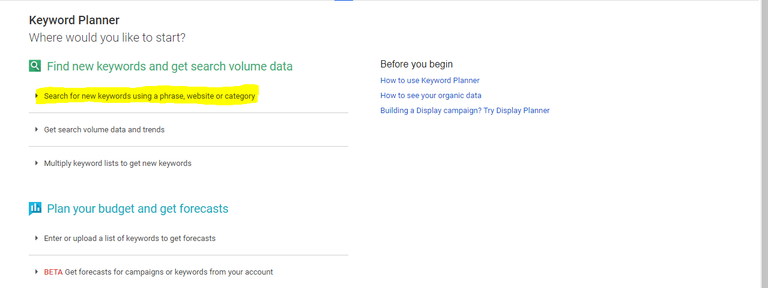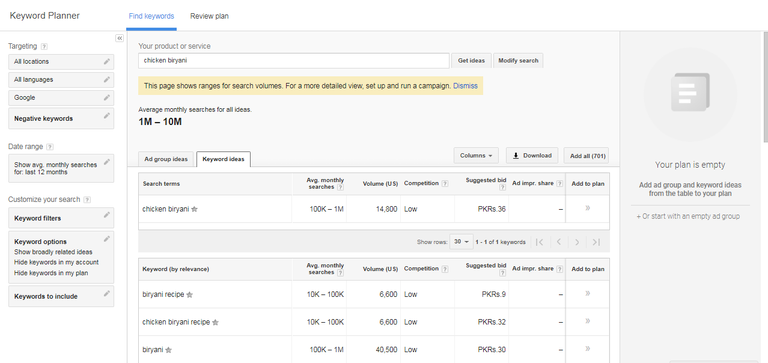Hello Steemians!
The Target of this post,and this SEO 101 series generally, is to enable you to take your content to the next level (and Steemit to the SKY!) by giving you information about (search engine optimization) which help you to rank your post.That’s right, websites aren’t the only thing that can benefit from SEO, you can too.The best part is batter optimization of your content for seo .Brings more traffic to your blog on STEEMIT.COM and the more demanded for steem.so Everyone wins!

There are two ways you can optimize your content for search engines. One is organic and another is spammy. So, it's really important to understand the right way to improve your posts and optimize for search engines in an organic and legit way.
Intro to SEO:
There are two main components of SEO:
On-Page SEO
Off-Page SEO
While there has been some debate over which is superior, my analysis finds that both are equally important. So today we’re going to start by discussing OnPage SEO.
OnPage SEO consists of four basic elements:
Including the targeted keyword in the title tag.
Including the targeted keyword in an h1 tag.
Including the targeted keyword in the first few lines of the article (description).
Including the targeted keyword in Meta Tags or Tags.
Sounds easy, right? You pick a keyword and start filling the post with those keywords. Unfortunately, Google has gotten very good at detecting and eliminating this kind of optimization is called spamming / black hat method
Optimizing the Google-friendly Way:
First you need to find the right keywords. As this is not the main topic of today’s tutorial, I will cover how exactly to do this in the coming days. But in the meantime you can leverage Google Keywords Planner
You'll have to use your Gmail account to login. Once you do, this screen should show up:

Now, click on "Search for new keywords using a phrase". See below:

Suppose that you want to write about "Travel" or "Food", then you'll have to be more specific about which food (food name) or which place (in case of travel), so that you start getting sensible keyword ideas. In my case, I searched for Chicken Biryani.

As you can see, Google suggested 700+ keyword ideas. Now you might wonder why it is that “Chicken Biryani” is listed as “Low Competition” on the competition table. What Google means by "Low" competition is that Advertisers -- those who run PPC campaigns -- are not highly interested in this term. And it shows to Advertisers that they can pay less for a click and run their ads on Google. So, it doesn’t calculate any of the S.E.O difficulty level. In fact, Chicken Biryani is the most difficult phrase to rank for.
This tool is designed for those who want to advertise on Google. That's why it is in the Adwords section. But we can still use this data to our advantage by analyzing the number of searches the phrase get and evaluating the SERP competition to figure out what type of technique it requires to rank! (We’ll cover these factors and techniques in my upcoming posts)
Now that you have a keyword in hand, for example: "Chicken Biryani, you want to use it in your post and optimize it. Here’s how to do that.
Title:
Use the keyword with mixture of relevant words in Title.
Simply giving it a title of 'Chicken Biryani" will look spammy since it's a two word phrase, and a title usually contains 5-6 words.
Superior examples would be: "Learn How To Cook Chicken Biryani" or "Chicken Biryani - One Of The Best Asian Foods?
In the above example, we used two keywords actually:
1- Chicken Biryani
2- Best Asian Food /Unintentionally
Description.
In Steemit, you don't have a separate Description option, so your first few lines will act as your "Description". I prefer to use my keywords in the second or third line of the description because it looks natural. If you start directly with "Chicken biryani is this and that" it’s more likely that google’s algorithms will register this as spam. But it depends and varies from case to case. If it feels natural to include the keywords earlier, that’s fine.
This also brings up an important point: you don’t have to cater your content to the keywords. You can continue to create the content you’re passionate about and then look for undervalued keywords that you can easily incorporate into your content. This will make the SEO optimization even more powerful because the keywords will interwoven into organically generated content.
Keyword In h1 Tag.
In Steemit, the H1 option is a little tricky. When I first used this tag
and tried to bold it with markdown functions (**), it didn't work. Fortunately, using the bold html tag instead () worked perfectly!Using your keywords in an H1 tag will help the Search Engines easily find what they are looking for.
Keyword in Meta Tags (or Tags).
Although this technique is a bit out-dated, it doesn't have any negative effect. In fact, it offers a little advantage, so choosing not leverage this technique will result in a lower ranking.
In Steemit, I was unable to find a "Meta Tags" option but I found a "Tags" option when I wrote the first ever SEO optimized article on steemit.com. Since a space in the “Tags” field of steemit separates one tag from another if you have a keyword which is two or more words long, then you should use a dash (-) instead of a space.
For example, if your post was about Chicken Biryani recipe you would write it as "Chicken-Biryani-Recipe" in tags
Avoid The Spamming ways;
You shouldn't mention the keywords so often that they start to look spam. Although there are no hard rules about what is “too” much, if your article is 800 words long, then you should mention your main keyword no more than 8 times. 1st in title, 2nd in description, 3rd in h1, and 4th in tags and then another 4 times organically within the body of the text.
If you mention your keyword dozens of time in a 500 words article, you'll shortly see Google kicking you out of the search engine, and with Steemit, you should never take this risk.
Important Infomation:
There are other important factors for On-Page SEO which I will take on in a future post. We'll also discuss effective keyword research and analysis methods, and other important factors. The keyword technique demonstrated in this article is very basic. This S.E.O tutorial series is aimed to educate steemit members to help them grow their reach as well as help Steemit grow. If you found this post valuable please show your vote-love and follow so that you can help make this SEO tutorial series a success and benefit from all the valuable tutorials coming in the future.
thank for reading follow@hasnat11 for more updates and next series
